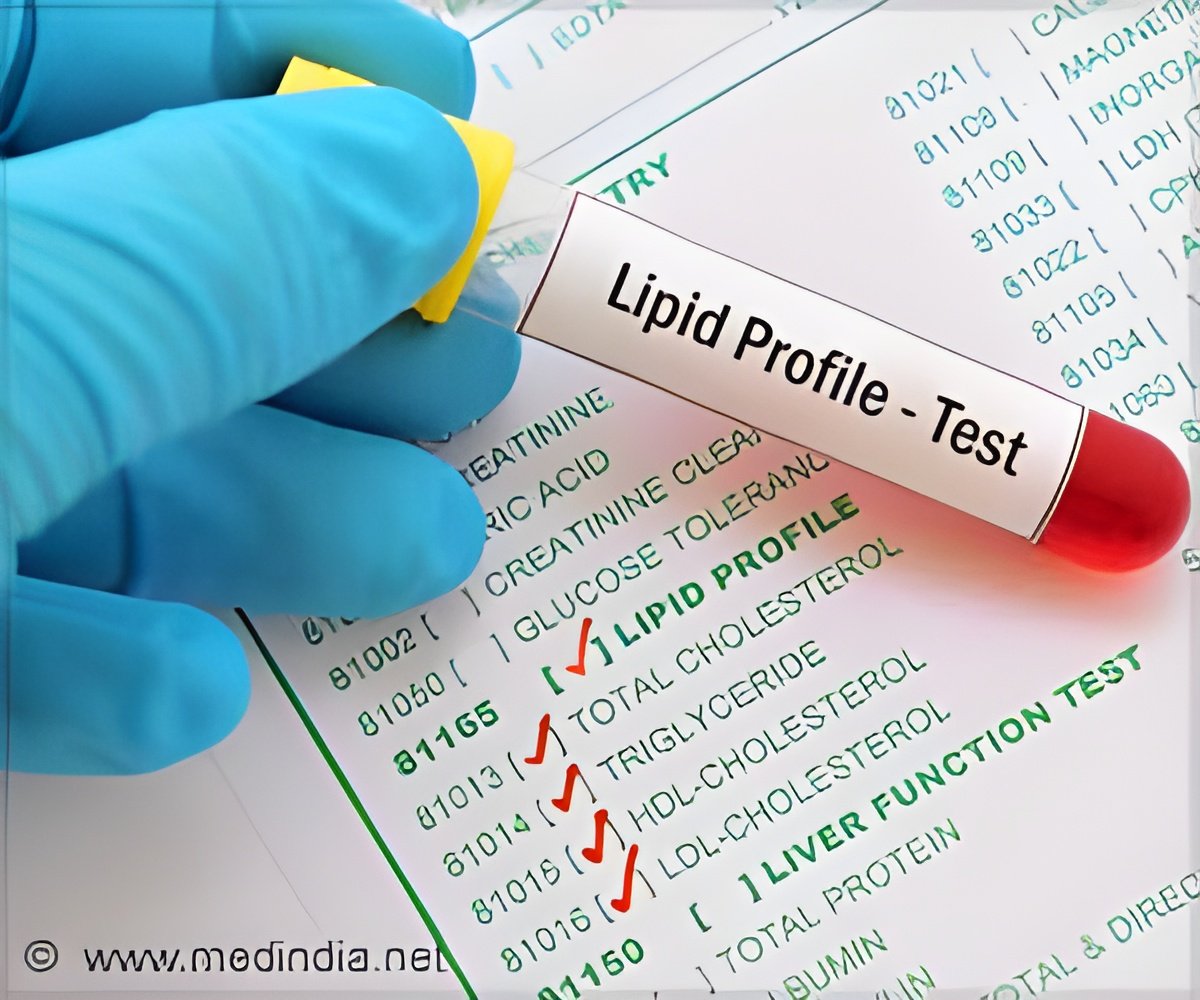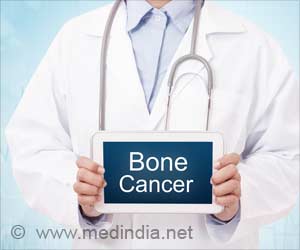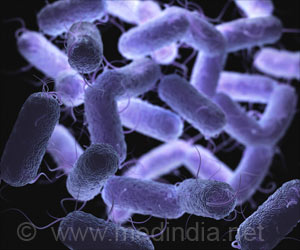
In response to the rising tide of cardiovascular events across India, the Cardiological Society of India (CSI), the nation’s foremost network of cardiologists, has introduced the first-ever Indian guidelines for managing dyslipidemia. Dyslipidemia, characterized by abnormal lipid levels in the bloodstream, is a leading risk factor for strokes and heart attacks, which are major cardiovascular diseases (CVDs) (1✔ ✔Trusted Source
CSI clinical practice guidelines for dyslipidemia management: Executive summary
).
Elevated levels of total cholesterol identify Dyslipidemia, LDL-cholesterol (often termed “bad cholesterol”), triglycerides, and reduced levels of HDL-cholesterol (known as “good cholesterol”).
A significant study published in June 2023 in The Lancet Diabetes & Endocrinology, and supported by the Indian Council of Medical Research (ICMR), revealed that 81.2 percent of the Indian population suffers from dyslipidemia. The study, which involved 113,043 participants and spanned from October 2008 to December 2020, underscores the widespread nature of this condition.
The CSI’s newly established guidelines target clinicians, individuals, and medical laboratories, adjusting the cut-off ranges for various lipid markers based on individual risk assessments. These guidelines have also been featured in the Indian Heart Journal.
Advertisement
CSI’s Recommendations Based on Risk Levels
The CSI advises that the general populace and those at low risk maintain LDL-C levels below 100 milligrams per deciliter and non-HDL-C levels (total cholesterol minus HDL-C) below 130 milligrams per deciliter. For high-risk individuals, such as those with diabetes or hypertension, the target is LDL-C below 70 milligrams per deciliter and non-HDL-C below 100 milligrams per deciliter.
For very high-risk patients, including those with a history of heart attacks, angina, stroke, or chronic kidney disease, the CSI recommends LDL-C levels below 55 milligrams per deciliter and non-HDL-C levels below 85 milligrams per deciliter.
A notable change in the guidelines, developed by 22 senior cardiologists over four years, is the shift from traditional fasting measurements to non-fasting lipid measurements for risk assessment and treatment. Elevated LDL-C remains the primary focus, but for patients with high triglycerides (over 150 milligrams per deciliter), non-HDL cholesterol becomes the central concern.
Advertisement
Elevated CVD Risk in Younger Indians
Dr. J.P.S. Sawhney, chairman of the Department of Cardiology at Sir Ganga Ram Hospital in New Delhi and head of the guideline drafting committee, highlighted the need for India-specific guidelines due to the earlier onset of dyslipidemia in the Indian population compared to the West. He noted that cardiovascular disease risk factors emerge about 10 years earlier in Indians, with nearly 50 percent of heart attack victims being under 50 years old, and 15-20 percent under 40.
“These figures are startling, and nearly 90 percent of these cases are preventable if individuals are aware of their risk factors and work to keep their lipid levels within the recommended ranges,” Dr. Sawhney stated.
Dr. S. Ramakrishnan, professor of cardiology at AIIMS, New Delhi, and co-author of the guidelines, mentioned that combination therapy with statins and oral non-statin drugs is now recommended for high-risk individuals. If these goals are unmet, injectable lipid-lowering drugs like PCSK9 inhibitors or Inclisiran are suggested.
Advertisement
Diet and Lifestyle: Cornerstones of Dyslipidemia Management
The guidelines recommend the first lipid profile at age 18, or earlier for those with a family history of premature heart disease or hypercholesterolemia. Genetic causes, such as familial hypercholesterolemia, are more prevalent in India, contributing to about 25 percent of dyslipidemia cases. Early identification and treatment through cascade screening of family members are essential.
Diet and lifestyle modifications are emphasized as key elements in managing dyslipidemia. Given the dietary habits in India, reducing sugar and carbohydrate intake is advised, as they contribute more to arterial blockages than moderate fat consumption. Regular exercise and yoga, known for their cardioprotective benefits and cultural relevance, are also recommended.
These guidelines represent a significant step towards addressing the cardiovascular health crisis in India by providing tailored, evidence-based recommendations for managing dyslipidemia effectively.
Reference:
- CSI clinical practice guidelines for dyslipidemia management: Executive summary – (https://csi.org.in/frontend/assets/assets/CSI-clinical-practice-guidelines-for-dyslipidemia-_240413_141815.pdf)
Source-Medindia



